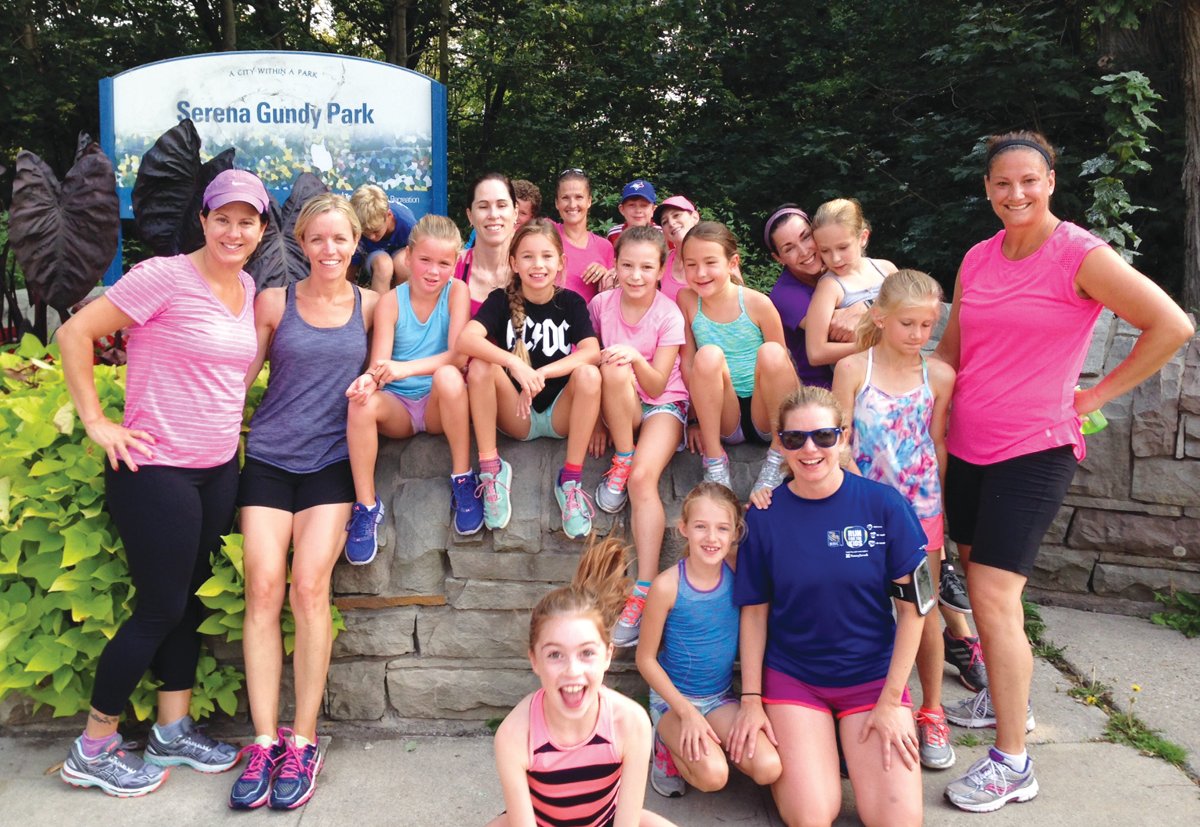
At morning’s first light, a shrill, unfamiliar call can be heard echoing off the houses and throughout the neighbourhood. It is the sound of an urban peregrine falcon.
Surrounded by some of Toronto’s largest and most beautiful parks, it shouldn’t be any surprise that Leaside has its fair share of wildlife encounters. In addition to the typical raccoons, squirrels, rats, and birds found throughout the city, rabbits, groundhogs, red-tailed hawks, and even the odd possum can be seen from time to time.
But peregrine falcons, not to mention a mating pair, in Leaside?
When a local resident, Jacob Boundy, first spotted them over three months ago, it seemed too good to be true.
After a huge population collapse between the 1940s and 1970s due to the widespread use of pesticides containing the now banned chemical DDT, peregrines almost disappeared completely. Years of conservation and breeding efforts have slowly proven to be successful with numbers on the rise.
Because immature falcons are susceptible to many predators in the wild, researchers began releasing birds in urban areas. Young fledglings, around 45 days of age, were placed on the ledges of large office buildings and skyscrapers in an enclosed nest known as a hack box.
This provided a perch, food, water, and a better chance of survival for the species.
As adults their plumage is quite distinctive. A dark hood and white cheek patches on the head combined with a bluish, slate gray back and light underbelly creates a striking appearance.
The male peregrine falcon weighs about 1 ½ pounds and has a wingspan of 37 to 39 inches. The female appears significantly larger and weighs closer to two pounds with a 40- to 46-inch wingspan.
Extremely powerful in flight, they can reach speeds of 175 to 200 miles per hour during vertical dives known as stoops.
Unfortunately it is unlikely they will stay for too much longer as these birds often shun building traditional nests and prefer to look for a ledge on a cliff or tall building to lay their eggs.
The exact location within Leaside is not being disclosed but they aren’t too hard to find and have been reported somewhere in the south end — just keep your ears open.
Grant Woods is a local photographer and writer. www.nekcis.com.




